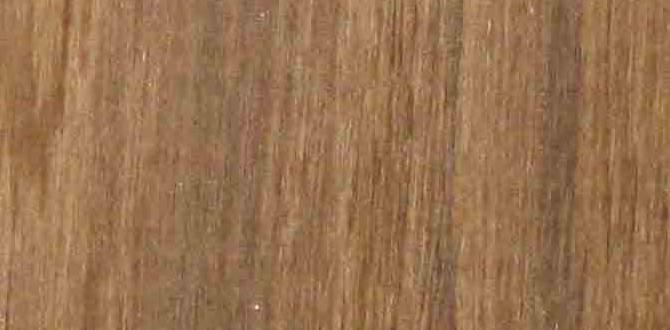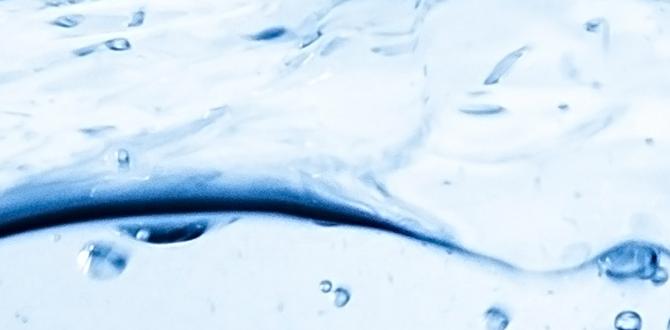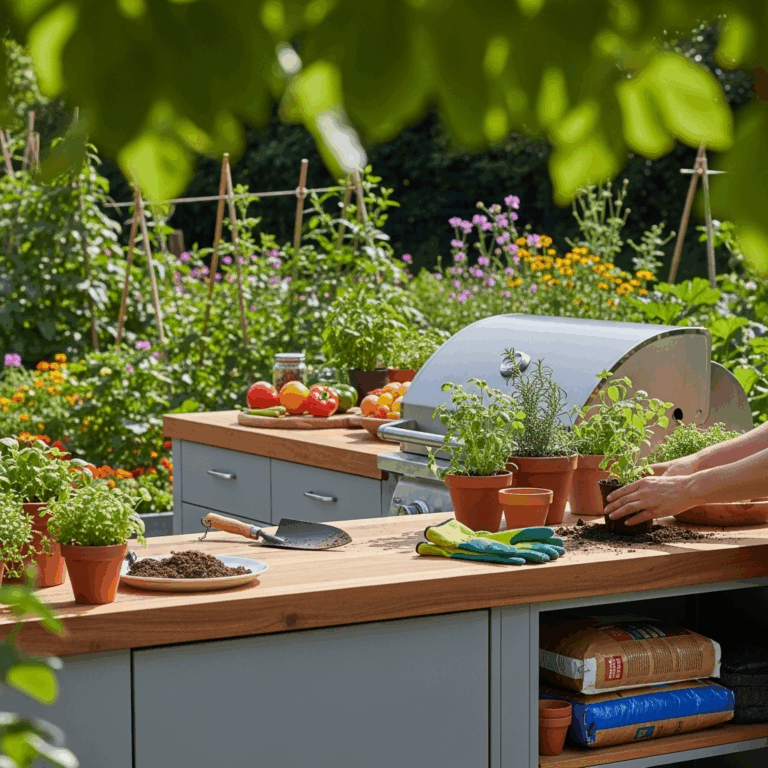The answer to “What indoor plants are safe for dogs?” is that many beautiful and air-purifying plants are indeed safe for your canine companions. This guide will help you identify pet-friendly greenery to liven up your home without posing a risk to your furry friends.
Bringing the beauty of nature indoors is a joy, but if you share your home with a dog, you might wonder which plants are safe. It’s a common worry for pet parents! Many popular houseplants can be toxic to dogs, causing anything from mild tummy upset to more serious health issues. The good news is that you don’t have to choose between a green thumb and a safe home for your pup. With a little knowledge, you can easily select gorgeous plants that are both beautiful and dog-proof.
This guide is designed to demystify pet-friendly plants. We’ll walk you through identifying safe options, understanding potential risks, and creating a lush, green sanctuary that everyone in your household, fluffy included, can enjoy. Get ready to discover a world of vibrant, safe indoor greenery!
What Indoor Plants Are Safe for Dogs: An Essential Guide
Welcoming plants into your living space can bring a touch of the outdoors in, boosting moods and purifying the air. However, as dog owners, we often face a dilemma: how do we decorate with greenery without endangering our beloved pets? Many common houseplants can be toxic if ingested by dogs, making it crucial to know which ones are safe. This guide is your go-to resource for creating a beautiful and safe indoor jungle for you and your canine companion.
Understanding the Risk: Why Plant Safety Matters
Dogs explore the world with their mouths, and what looks like a harmless leaf to us can be a tempting chew toy for them. Unfortunately, many household plants contain compounds that are toxic to dogs. These toxins can cause a range of symptoms, from mild digestive upset like vomiting or diarrhea to more severe reactions involving the heart or nervous system. Even non-toxic plants can cause gastrointestinal issues if a dog eats a large quantity.
Identifying toxic plants is the first step in preventing accidental poisoning. Common signs of plant toxicity in dogs include:
- Vomiting or diarrhea
- Drooling excessively
- Loss of appetite
- Lethargy or weakness
- Difficulty breathing
- Irregular heartbeat
- Skin irritation or redness
- Seizures (in severe cases)
If you suspect your dog has ingested a toxic plant, it’s essential to contact your veterinarian or a pet poison helpline immediately. Having a list of safe plants readily available can save you stress and act as a preventative measure.
Top Dog-Friendly Indoor Plants for Your Home
The good news is that there are plenty of beautiful and beneficial plants that are safe for dogs. These plants can add color, texture, and life to your home without causing worry. When choosing plants, always double-check their safety, as even within plant families, some species might be harmful while others are not.
Air-Purifying Powerhouses That Are Safe for Dogs
Many people choose indoor plants for their air-purifying qualities. Fortunately, some of the most effective air purifiers are also safe for our canine friends. These plants can help remove common toxins from your home’s air, contributing to a healthier living environment for everyone.
Spider Plant (Chlorophytum comosum)
Spider plants are incredibly popular for a reason! They are very forgiving, easy to propagate, and known for their air-purifying abilities. They produce small, star-shaped white flowers and long, arching leaves that cascade downwards, often with new plantlets (spiderettes) growing from the tips. These spiderettes can be easily detached and grown into new plants. Dogs often find them interesting to sniff or gently nibble on, and thankfully, they are completely non-toxic.
Why it’s great:
- Excellent air purifier
- Easy to care for, forgiving of neglect
- Propagates easily
- Produces charming arching foliage
Care Tips:
- Bright, indirect light is ideal
- Water when the top inch of soil feels dry
- Avoid overwatering, which can lead to root rot
Boston Fern (Nephrolepis exaltata)
The Boston fern is a classic houseplant, celebrated for its lush, feathery fronds. It thrives in humid environments and indirect light, making it a perfect addition to bathrooms or kitchens. Its large, intricate foliage can create a dramatic, jungle-like feel in any room. The ASPCA lists the Boston fern as non-toxic to dogs, making it a worry-free choice.
Why it’s great:
- Adds a lush, tropical feel to your decor
- Known for its air-purifying qualities
- Completely safe for dogs
Care Tips:
- Prefers medium to bright indirect light
- Keep soil consistently moist but not waterlogged
- Mist leaves regularly or place in a humid environment
<h5 id="ʾʾʾʾʾʾʾʾʾʾʾʾʾʾʾʾʾʾʾʾʾʾʾʾʾʾʾʾʾʾʾʾʾʾʾʾʾʾʾʾʾʾʾʾʾʾʾʾʾʾʾʾʾʾʾʾʾʾʾʾʾʾʾʾʾʾʾʾʾʾʾʾʾʾʾʾʾʾʾʾʾʾʾʾʾʾʾʾʾʾʾʾʾʾʾʾʾʾʾʾʾʾʾʾʾʾʾʾʾʾʾʾʾʾʾʾʾʾʾ ʾʾʾʾʾʾʾʾʾʾʾʾʾ ʿʿʿʿʿʿʿʿʿʿʿʿʿʿʿʿʿʿʿʿʿʿʿʿʿʿʿʿʿʿʿʿʿʿʿʿʿʿʿʿʿʿʿʿ
The Parlor Palm, also known as the Bamboo Palm or Majestic Palm, is an elegant, upright palm tree that can grow quite tall, adding a striking vertical element to your decor. It’s known for its feathery, arching fronds and its ability to tolerate lower light conditions, making it suitable for various spots in your home. Crucially, it’s recognized as non-toxic by the ASPCA, making it a safe choice for dog owners.
Why it’s great:
- Adds a tropical, elegant touch
- Tolerates lower light conditions well
- Excellent air purifier
- Completely safe for dogs
Care Tips:
- Prefers filtered or indirect light. Direct sun can scorch leaves.
- Water when the top inch or two of soil is dry.
- Prefers humidity; misting can be beneficial.
Colorful and Safe Bloomers and Foliage
Who says safe plants can’t be vibrant? Many plants safe for dogs offer beautiful blooms or striking foliage that can brighten your home.
African Violet (Saintpaulia spp.)
African violets are beloved for their charming, fuzzy leaves and incredibly vibrant, velvety flowers that come in shades of purple, pink, blue, and white. They are relatively small plants, perfect for windowsills or tabletops. While they do have fuzzy leaves, they are not considered toxic to dogs. They prefer bright, indirect light and consistent, but not excessive, watering.
Why it’s great:
-
<





